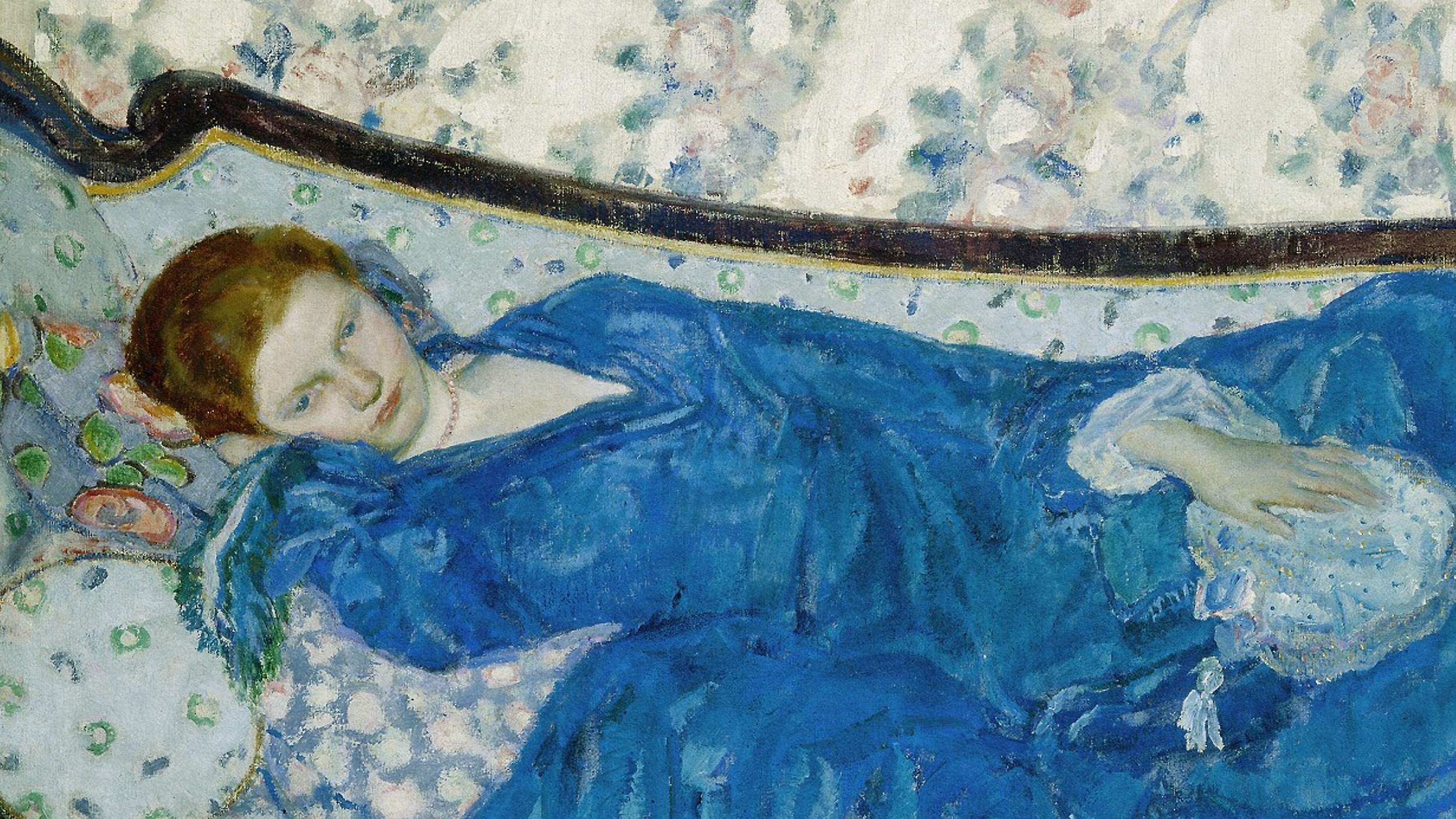Damien Echols: You don't have to believe in it. There's no dogma. Even like I said it uses iconography and symbolism from things like gnostic Christianity and esoteric Judaism, things like that. But it doesn't require you to believe in these things. The reason it uses this symbolism is, for example, in the part of the country that I grew up in there are literally places where you come to a four way stop and there are churches on all four corners. So even if you're completely atheist, even if you're repelled by these things, they are still part of your psyche, still part of our culture. So we on some level respond to those things in some way. That doesn't mean we necessarily have to believe in them for magick to work.
Like I said the people who devise these techniques wanted to know what works, why it works, how it works, and how we can make it work better. You don't have to believe in any of this any more than you have to believe that your muscles are going to get bigger by going to the gym.
The way that I guess one of the things that was so hard about Eastern traditions like Zen was you focus almost entirely on staying in the present moment all the time. That is really, really hard. Once you actually start trying to do that you realize how out of control your thoughts are. Our thoughts chase themselves around like a dog chasing its own tail all the time from the time we get up until the time we go to sleep. And a lot of the Eastern traditions deal with almost wrestling against that. Every time you realize you're doing it, bringing yourself back to the present moment, back to the present moment over and over and over. For me I didn't get a lot of results out of that. I never found myself in the present moment m ore than I was whenever I started the practices. Ceremonial magick on the other hand what it does is it doesn't really address that at all. Instead you're dealing like, for example, on energy circulation practices where you're circulating chi through different parts of your body, you're trying to energize different energy centers. It runs down through your spine. Doing that as a side effect you become more and more present. And I didn't even realize a lot of these practices say, for example, the lesser banishing ritual of the pentagram, when you would learn these things traditionally the organization, the Order, would give you these exercises and they would not tell you what they're going to do. They would not tell you what they're for. They would say "go practice this for a year, come back and talk to us then. And if you're interested in learning more and going forward we'll talk about it then." Whenever you came back they would say "okay, well what did you experience?" That's how they would know if you had actually been practicing them or not. So I would practice these techniques, the middle pillar, the lesser banishing ritual of the pentagram, and one day while I was in prison I bent over to tie my shoes and I realized, without even trying to do so, I was in the present moment. And it was almost like an atomic bomb going off because it was for the very first time in my life I realized "oh my god, I'm completely in the present moment!" Of course the second you think that it's shattered, and you're back to thinking or whatever. But it was even after years of Zen practice it was the first time that I had truly experienced that, and it was due to ceremonial magick.
One of the techniques that I use, you know, the analogy I used earlier about flushing yourself out like a cup of water, this is a technique that flushes our thoughts out. If you have a song going through your head over and over or if you're reliving an argument you had with someone a year ago, if you're obsessed over something that you can't get out of your head, this technique is good for that as well as just general meditation purposes. It doesn't have a name. I usually just refer to it as the prison cell meditation. But if you're interested I'll do that. Is that okay? All right. You start by closing your eyes and then you envision yourself in a prison cell. Standing in the center of a cell, everything is white. The walls are white. The ceiling is white. The floors are white. The only thing there is in the cell other than you on the back wall is a slit of a window. And it's up so high that the only way that you can reach it, the only way you can see out of it is by gripping the window ledge high above your head and hoisting yourself up by sheer, brute, physical upper body strength. Almost like you're doing a pull up or a chin up. So you want to bring as much tactile sensation to the visualization as you possibly can. You want to feel it as much as you can. So picture yourself walking to the back of this wall, pressing yourself against it, reaching up with your hands and gripping the edge of that windowsill with your fingertips. Try to feel what the back wall of that prison cell would feel like pressed against the side of your face, pressed against your torso. Feel the coldness of it, the grittiness of it. And as you start to lift yourself up off the floor using just your arms try to feel what that would actually feel like. Feel the muscles in your shoulders. Feel the muscles in your chest, in your abdomen firing, tensing as you're pulling yourself up.
Try to feel what the wall would feel like as you scrape against it lifting yourself slowly by sheer strength. As your eyes crest over the rim of the window white light bursts through the window, floods through the window, and obliterates everything: The cell, you, everything, until there's only white light remaining.
Do it again. Press yourself against the back of the wall, reach up with both hands, and grip the edge of the windowsill. Feel the muscles in your chest, in your abdomen, in your shoulders tensing as you start to lift yourself up. Feel the wall scrape against the front of your thighs, against the side of your face as you hoist yourself until your eyes come over the edge of the window frame, and then white light comes flooding in through the window obliterating everything – you, the cell, until there's only white light.
Once more. Feel yourself pressed against the wall, raise your arms, hook your fingertips over the window ledge. Begin to raise yourself slowly up by sheer strength, feeling the muscles in your shoulders, your chest, your torso straining as you lift your body weight. Feel the wall of the prison cell as you scrub against it; and as your eyes go over the edge of the window frame, white light comes flooding in, obliterating everything.
And this is one of those things you can do for as long as you have time. You can do it five times, you can do it ten times. The longer you do it the more effective it is. And it gives you something to work with in your visualization instead of just trying to stay in the present moment, which is really, really hard.





